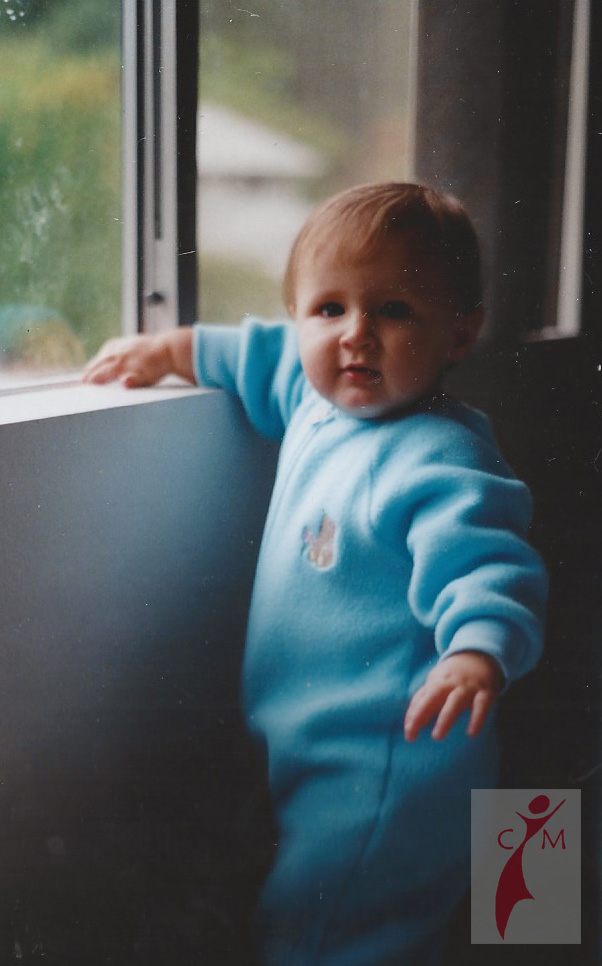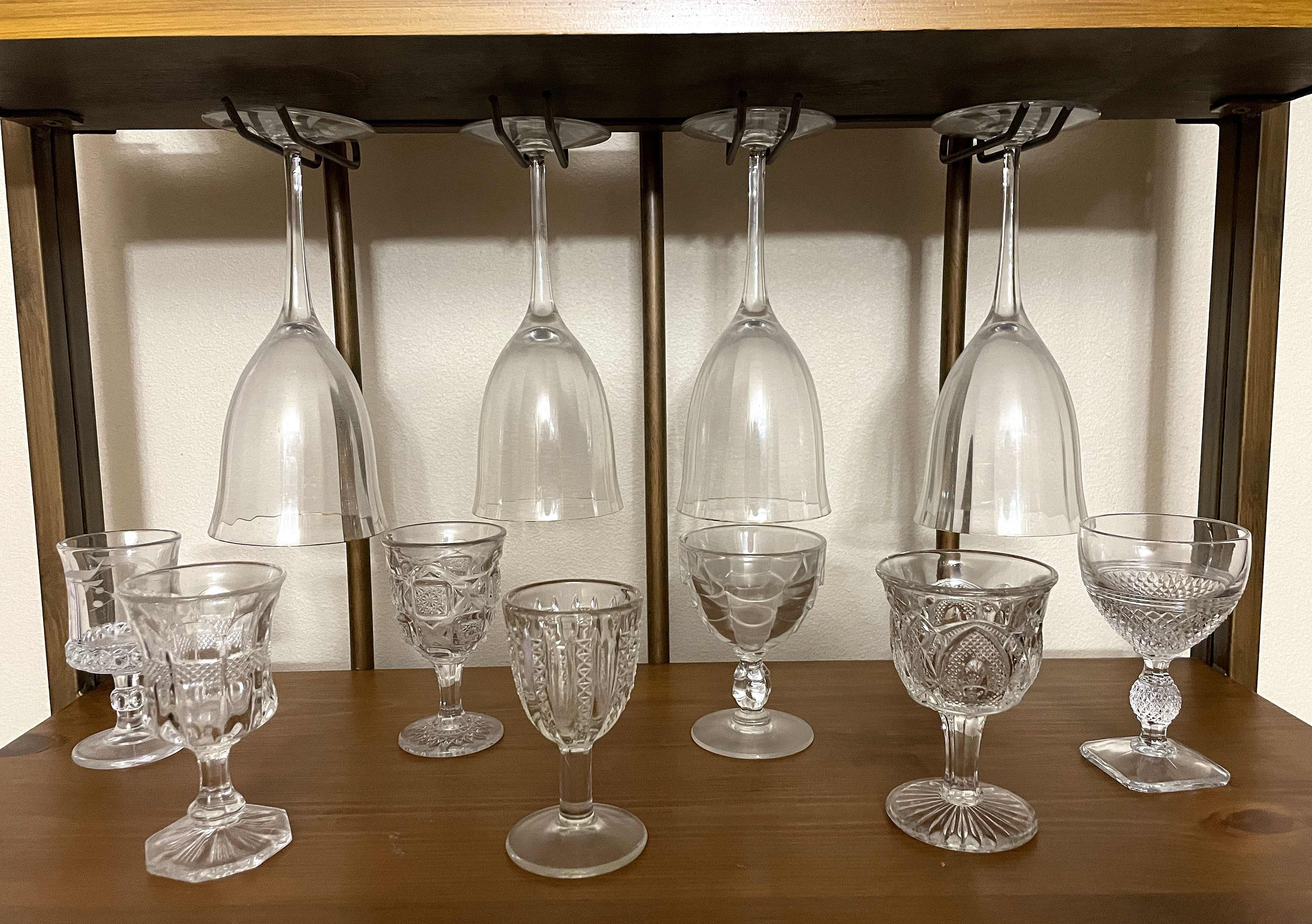I was having coffee with some friends recently when, inevitably, the subject of our dogs came up. Three of us have medium to large dogs and one has a smaller, hypoallergenic one (which is brilliant since I think EVERYONE needs a dog). I mentioned that I grew up with Basset Hounds, but that these have been ruled out since my husband has a strict rule about only having dogs who can jump into the truck on their own accord. The Mastiff owner shared that he knew a guy once who had a Basset Hound – Black Lab mix (visions of the Island of Dr. Moreau popped into my head). The dog apparently had the body style of a Basset and the head and coloring of a Lab. Despite his ground-skimming physique, he could jump into a truck. To which I remarked, “Well, I guess he didn’t know he was a Basset Hound.”
I was thinking about this and it occurred to me that a dog’s self-perception is not really limited by the stories in his (or her) head in the way that people’s self-perceptions are. Puppies don’t have self-limiting beliefs. A puppy doesn’t react in the present to some story his mom told him about how he’s never really been good at playing fetch and probably he should learn how to howl. Dogs are all basically instinct and direct experience. Take Stumpy, for example (I just named him that because BH-BL seemed too impersonal for such a courageous heart). Maybe Stumpy watched his mom, a leggy Lab with a shiny Black coat, leap gracefully into her owner’s truck every morning. Not realizing he inherited his dad’s stocky build, he just followed her one day. (And yes, I do understand the biological unlikelihood of this scenario but stay with me, I have a point.) Maybe he didn’t reach the cab the first day. But he kept trying because, after all, he’s a Lab. Labs ride around in trucks and go duck hunting. Imagine what would have happened to poor Stumpy if someone told him that his dad was a low riding Basset Hound better suited to rooting out bears in the bramble than gracefully retrieving the carcass of a Mallard. Dogs operate on instinct. They don’t stop trying because things are hard. They do what comes naturally. When unsuccessful, they work around it. Take Sadie and Strauss, for example. Sadie was a lithe Grey Hound – Lab mix. She was lightning fast and loved the water. Strauss was a Border Collie – Springer Spaniel mix. She loved to round things up. When we would play catch by the river, Sadie would always beat Strauss to the stick. Strauss really had no chance of catching her. But she wanted that stick. Eventually she realized that if she met Sadie at the edge of the water as she was bringing back the stick, she could herd her until Sadie was so confused and tired that Strauss could steal the stick right out of her mouth and bring it to us. Strauss didn’t give up playing catch. It was fun! (Who doesn’t want to hear “Good girl! Bring it here!” a hundred times or more?) Strauss didn’t try to out run Sadie. She figured out her gift and applied it until she got the job done. Trust me, Sadie would run herself ragged, but she couldn’t escape Strauss’ herding skills.
I recognize we are not dogs. Humans have more complicated lives and we do more complex things than other animals do. But there is something to be said for taking a cue from our four-legged friends. What if we all believed that we could get better at something, master it even, just by learning from our mistakes and trying again? What if we didn’t have a story about the past that limited our experience in the present? What if we saw our failures as learning and not as personal deficits? What if we believed we could change the outcome merely through increasing our effort and applying our talents? What if we acknowledged and acted upon the possibility that we might have talents we have not yet discovered?
I remember when my daughter was learning to walk. It went really fast and I am not sure what her ultimate goal was, but she always had the most determined look on her face. Just like all other children, she started by standing on her wobbly legs leaning against the couch. She fell. A lot. In fact, she fell so often that we finally just started calling it FDGB (Fall Down Go Boom) to save time. But she did not stop trying. Once she mastered standing and leaning, she tried standing alone. When she mastered that, she took her first step. Every new thing she tried, she fell down. After every success she had, she tried something harder and failed immediately. But she didn’t stop. She cried, dusted herself off, got a hug and off she went. I didn’t say to her after the second fall or even the tenth one, “It’s OK. I don’t think walking is for you. You’re probably just not good at walking. Let’s go back to crawling.” It sounds absurd doesn’t it? I said, “You’re fine. You’ll get. Try again. I am right here.” I reassured her that she might not be able to walk yet. Sometimes we forget that last part – yet. Take math for example, has anyone ever said to you, “It’s OK. You’re probably just not good at math.” Or did they tell you, “You’ll get it. It’s hard now but keep trying. You just haven’t learned this yet.”
We are all different. We all have different gifts. I am not suggesting everything is within our grasp. For example, I am 5’ 4” and stocky. Genetically, I lean toward people who hauled in fish nets or thatched roofs. No amount of effort or will would turn me into a figure skater or a gymnast (trust me, I know physics). But that did not keep me from enjoying a lifetime of sports more aligned to my physique. What I am suggesting is that we examine the stories we tell ourselves, and more importantly, the stories we tell our children through our actions and words, to make sure that we are sending the right messages:
I believe that I can get better at something, master it even, just by learning from my mistakes and trying again.
I will not listen to the stories about the past that limit my experience in the present.
I see my failures as learning and not as a personal deficit.
I believe I can change the outcome merely through increasing my effort and applying my talents.
I know I have talents I have not yet discovered.
Do you? Will you?


Learning to Walk






Leave a Reply